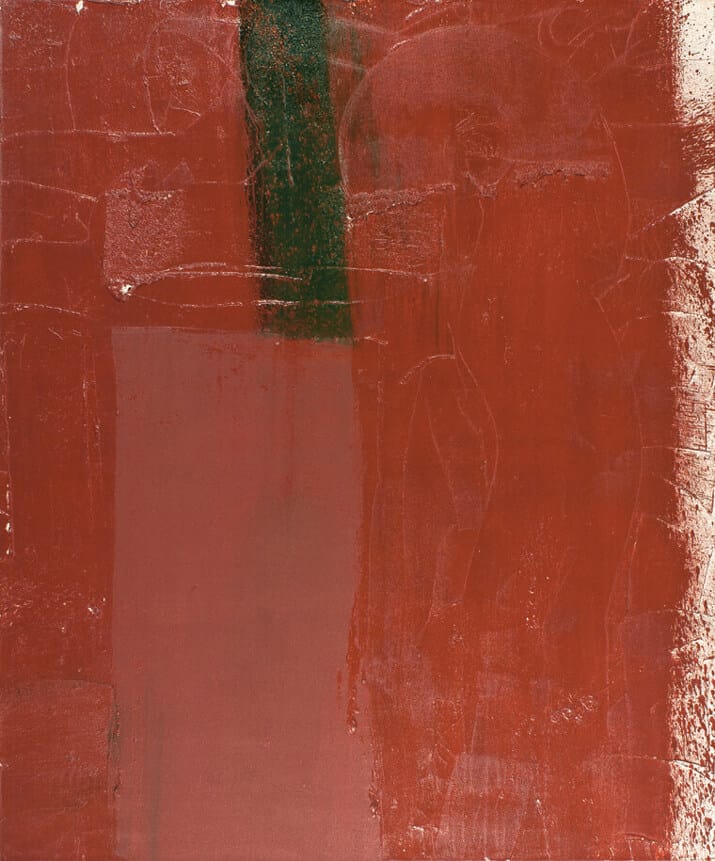
Michael Goldberg
We Buy Michael Goldberg Paintings
Click To Get A Valuation Of Your Michael Goldbert Painting. You’ll get a confidential fair market valuation of your painting and its marketability. We pay cash for paintings by Michael Goldberg and take consignments to the gallery.

Big Mathilda (1962)
Oil on Canvas, Signed & dated verso
90 x 78 inches
MICHAEL GOLDBERG BIOGRAPHY
Michael Goldberg (1924 – 2007)
This work titled, Big Mathilda, is part of the “Red Paintings” (1962-1963) that Michael Goldberg created as a tribute to Mark Rothko (whose studio he occupied; once Rothko died). Knoedler had a show of these works and then had a retrospective in July, 2010.
Notes from the 2010 show:
Artists’ studios are repositories of physical and psychic energy that often is transferred from one tenant to the next. In 1962, when the Abstract Expressionist painter Michael Goldberg (1924-2008) moved into Mark Rothko’s old studio at 222 Bowery, he found the floor spattered with red paint from a series Rothko had made for the Four Seasons restaurant in the Seagram Building. He set out to make his own series of big, near-monochromatic red paintings, moving away from his earlier de Kooning-influenced work.
Seen at Knoedler, with the Broadway play “Red,” about the Seagram murals, fresh in mind, Mr. Goldberg’s paintings look much earthier and grittier than Rothko’s. The reds are dark, the color of brick or clotted blood, and cut through with irregular stripes of black, white, tan and green. The paint is thick and opaque, and sometimes looks as though it dried on the brush midstroke.
Mr. Goldberg’s process, immortalized in Frank O’Hara’s poetry, was also very different from Rothko’s. Although these paintings look somber at first, you can see traces of the jazz-influenced, improvisational brushwork that inspired O’Hara — even in the marks made with a spatula.
“Mr. Goldberg, it turns out, got more from Franz Kline and Barnett Newman than Rothko. Still, his red paintings show that artists casting about for inspiration can sometimes find it right on the studio floor.” Karen Rosenberg